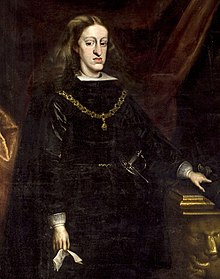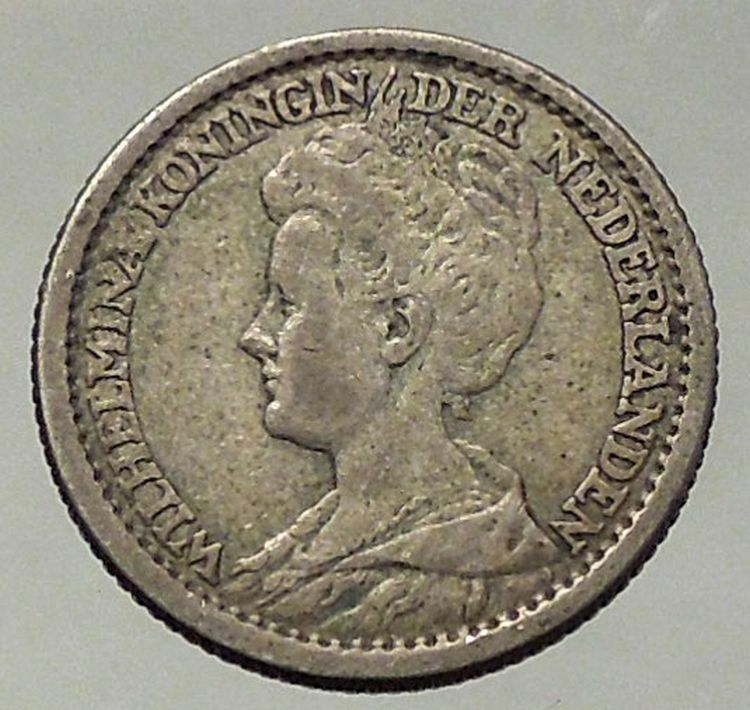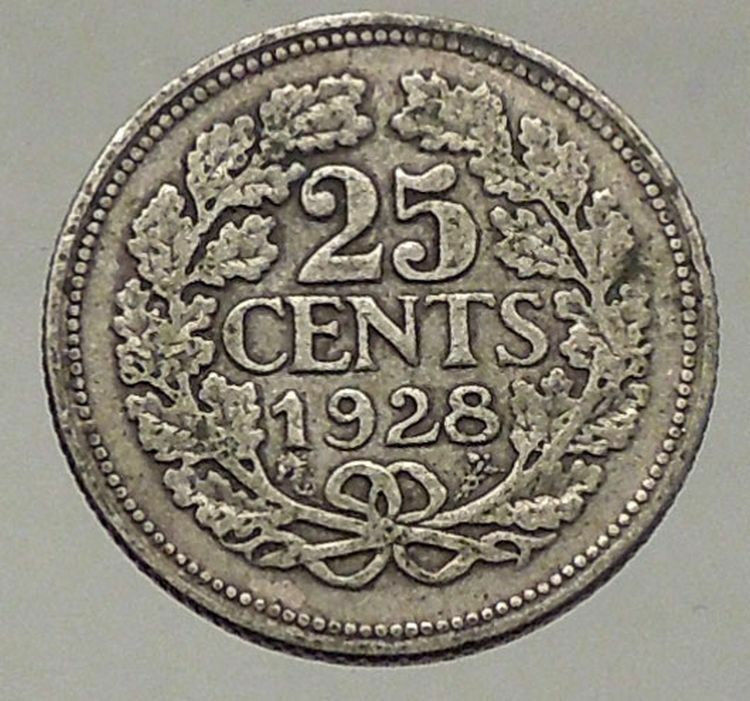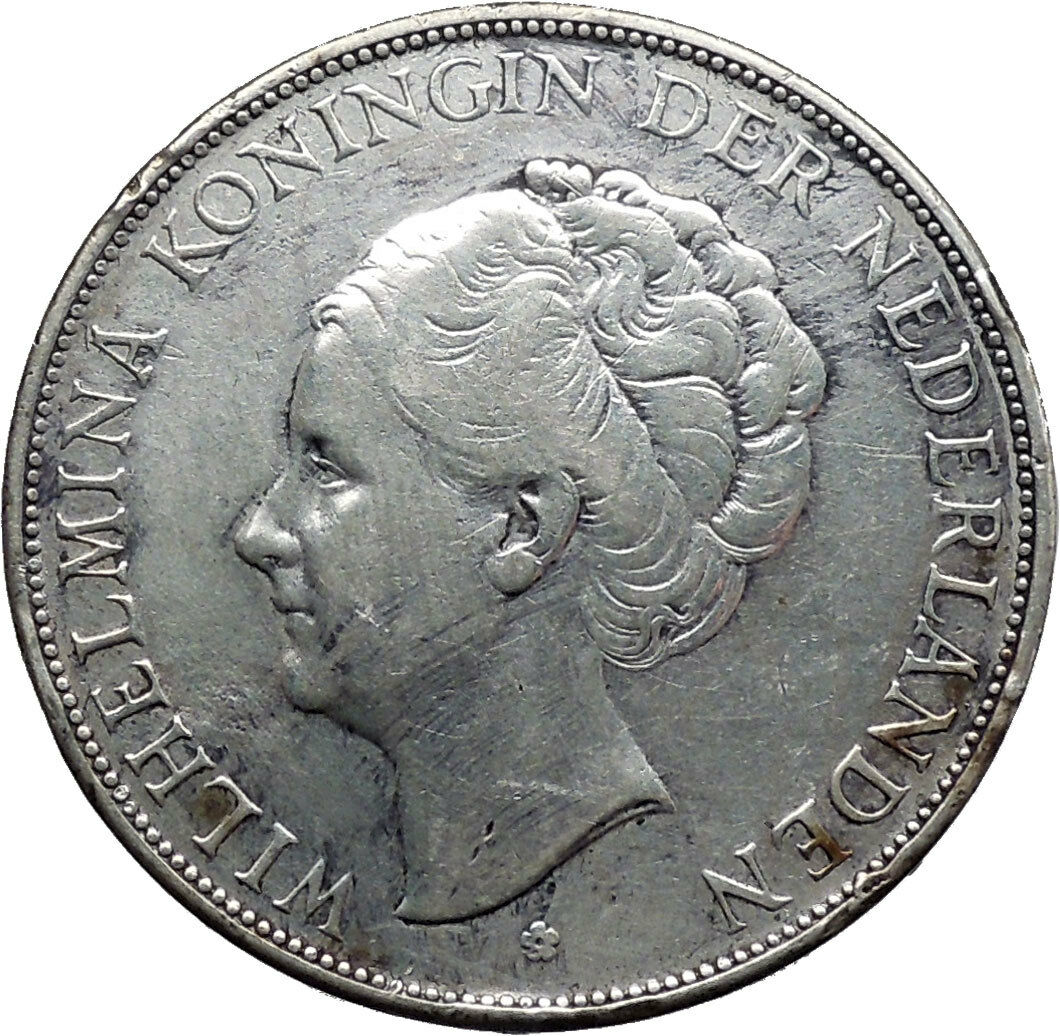|
Netherlands under Charles II – King of Spain: 17 September 1665 – 1 November 1700
1675 Copper Jeton 31mm (5.97 grams) Brussels
Reference: D# 4347
CAROL II D G HISP ET IH IAR REX 1675, Charles facing right.
GECT POUR LE BUREAUV DES FIN, Crowned shield.
You are bidding on the exact item pictured, provided with a Certificate of Authenticity and Lifetime Guarantee of Authenticity.
 Charles II of Spain (6 November 1661 – 1 November 1700), also known as The Bewitched (Spanish: El Hechizado), was the last Habsburg ruler of the Spanish Empire. He is best remembered for his physical disabilities, and the war that followed his death. Charles II of Spain (6 November 1661 – 1 November 1700), also known as The Bewitched (Spanish: El Hechizado), was the last Habsburg ruler of the Spanish Empire. He is best remembered for his physical disabilities, and the war that followed his death.
Charles suffered ill health throughout his life; from the moment he became king at the age of four in 1665, the succession was a prominent consideration in European politics. The historian John Langdon-Davies summarised this as follows: “Of no man is it more true to say that in his beginning was his end; from the day of his birth, they were waiting for his death”.
He married twice but remained childless. When he died in 1700, his heir was 16-year-old Philip of Anjou, grandson of Louis XIV and his first wife, Charles’s elder half-sister, Maria Theresa. However, the succession of Charles was less important than the division of his territories, and the failure to resolve that question led to war in 1701.
After his birth, he was entrusted to the royal governess Mariana Engracia Álvarez de Toledo Portugal y Alfonso-Pimentel. Since Charles was a legal minor when Philip died on 17 September 1665, Mariana was appointed Queen Regent by the Council of Castile. While the Spanish Empire remained an enormous global confederation, its economic supremacy was challenged by the Dutch Republic, and increasingly England, while Europe was destabilised by French expansion under Louis XIV. Managing these issues was damaged by Mariana’s power struggle with Charles’s illegitimate half-brother, John Joseph.
Administrative reforms were complex, since the Kingdom of Spain was a personal union of the Crowns of Castile and Aragon, each with very different political cultures and traditions. As a result, government finances were in perpetual crisis; the Crown declared bankruptcy nine times between 1557 and 1666, including 1647, 1652, 1661, and 1666.
However, the 17th century was a period of economic crisis for many European states, and Spain was not alone in facing these problems. Infighting between those who ruled in Charles’s name did little to help, but it is debatable how far they or he can be held responsible for long-term trends predating his reign. The Monarchy proved remarkably resilient, and when Charles died, remained largely intact.
The system of delegating duties to a personal minister or valido was established by Philip in 1621, when he appointed the Count-Duke of Olivares. Mariana followed this precedent, her first choice being her Austrian personal confessor, Father Juan Everardo Nithard; modern assessments of her competence are often based on reports by contemporaries, who generally believed women were incapable of exercising power on their own.
The costs of the Portuguese Restoration War, and the War of Devolution with France, forced the Crown to declare bankruptcy in 1662 and 1666, making reductions in expenditure urgent. The 1668 treaties of Aix-la-Chapelle and Lisbon ended the war with France, and accepted Portuguese independence. John forced Mariana to dismiss Nithard in February 1669, who replaced him with Fernando de Valenzuela. The regency was dissolved when Charles became a legal adult in 1675, then restored in 1677 on the basis of his health.
The 1672 Franco-Dutch War dragged Spain into another war with France over the Spanish Netherlands, placing additional strain on the economy. When John finally took charge of government in January 1678, his first task was ending it; in the 1678 Treaties of Nijmegen, Spain ceded Franche-Comté and areas of the Spanish Netherlands returned in 1668. Prior to his death in September 1679, he arranged a marriage between Charles, and a 17-year-old French princess, Marie Louise of Orléans; Mariana returned as Queen Regent but her influence was diminished.
The 1683–1684 War of the Reunions with France was followed in 1688 by the Nine Years’ War. Shortly afterwards, Marie Louise died in February 1689; based on the description of her symptoms, modern doctors believe her illness was almost certainly appendicitis. In August, Charles married Maria Anna of Neuburg by proxy, the formal wedding taking place in May 1690; after his mother died on 16 May 1696, he ruled in his own name, although Maria Anna played a significant role due to his ill-health and her control over access to Charles.
It was clear Charles’s health was finally failing and agreeing on a successor became increasingly urgent. The Nine Years’ War showed France could not achieve its objectives on its own; the 1697 Treaty of Ryswick was the result of mutual exhaustion and Louis’s search for allies in anticipation of a contest over the Spanish throne. Austrian Habsburg Emperor Leopold refused to sign since it left the issue unresolved; he reluctantly did so in October 1697, but viewed it as a pause in hostilities.
.svg/220px-Kingdom_of_the_Netherlands_(orthographic_projection).svg.png)  The Kingdom of the Netherlands, commonly known as the Netherlands, is a sovereign state and constitutional monarchy with territory in western Europe and in the Caribbean. The Kingdom of the Netherlands, commonly known as the Netherlands, is a sovereign state and constitutional monarchy with territory in western Europe and in the Caribbean.
 The four parts of the Kingdom – Aruba, Curaçao, Sint Maarten and the Netherlands – are constituent countries (landen in Dutch) and participate on a basis of equality as partners in the Kingdom. In practice, however, most of the Kingdom affairs are administered by the Netherlands – which comprises roughly 98% of the Kingdom’s land area and population – on behalf of the entire Kingdom. Consequently, the countries of Aruba, Curaçao, and Sint Maarten are dependent on the Netherlands for matters like foreign policy and defence, although they are autonomous to a certain degree with their own parliaments. The four parts of the Kingdom – Aruba, Curaçao, Sint Maarten and the Netherlands – are constituent countries (landen in Dutch) and participate on a basis of equality as partners in the Kingdom. In practice, however, most of the Kingdom affairs are administered by the Netherlands – which comprises roughly 98% of the Kingdom’s land area and population – on behalf of the entire Kingdom. Consequently, the countries of Aruba, Curaçao, and Sint Maarten are dependent on the Netherlands for matters like foreign policy and defence, although they are autonomous to a certain degree with their own parliaments.
The vast majority in land area of the constituent country of the Netherlands (as well as the Kingdom) is located in Europe, with the exception of the Caribbean Netherlands: its three special municipalities (Bonaire, Saba, and Sint Eustatius) that are located in the Caribbean. The constituent countries of Aruba, Curaçao, and Sint Maarten are located in the Caribbean as well.
|




 Charles II of Spain (6 November 1661 – 1 November 1700), also known as The Bewitched (Spanish: El Hechizado), was the last Habsburg ruler of the Spanish Empire. He is best remembered for his physical disabilities, and the war that followed his death.
Charles II of Spain (6 November 1661 – 1 November 1700), also known as The Bewitched (Spanish: El Hechizado), was the last Habsburg ruler of the Spanish Empire. He is best remembered for his physical disabilities, and the war that followed his death..svg/220px-Kingdom_of_the_Netherlands_(orthographic_projection).svg.png)
 The Kingdom of the Netherlands, commonly known as the Netherlands, is a sovereign state and constitutional monarchy with territory in western Europe and in the Caribbean.
The Kingdom of the Netherlands, commonly known as the Netherlands, is a sovereign state and constitutional monarchy with territory in western Europe and in the Caribbean. The four parts of the Kingdom – Aruba, Curaçao, Sint Maarten and the Netherlands – are constituent countries (landen in Dutch) and participate on a basis of equality as partners in the Kingdom. In practice, however, most of the Kingdom affairs are administered by the Netherlands – which comprises roughly 98% of the Kingdom’s land area and population – on behalf of the entire Kingdom. Consequently, the countries of Aruba, Curaçao, and Sint Maarten are dependent on the Netherlands for matters like foreign policy and defence, although they are autonomous to a certain degree with their own parliaments.
The four parts of the Kingdom – Aruba, Curaçao, Sint Maarten and the Netherlands – are constituent countries (landen in Dutch) and participate on a basis of equality as partners in the Kingdom. In practice, however, most of the Kingdom affairs are administered by the Netherlands – which comprises roughly 98% of the Kingdom’s land area and population – on behalf of the entire Kingdom. Consequently, the countries of Aruba, Curaçao, and Sint Maarten are dependent on the Netherlands for matters like foreign policy and defence, although they are autonomous to a certain degree with their own parliaments.




